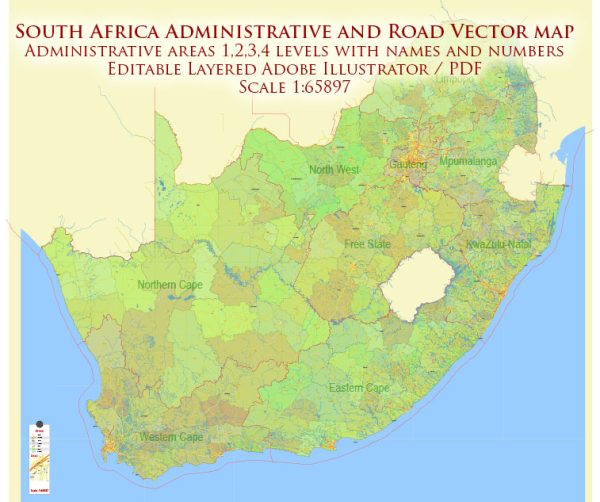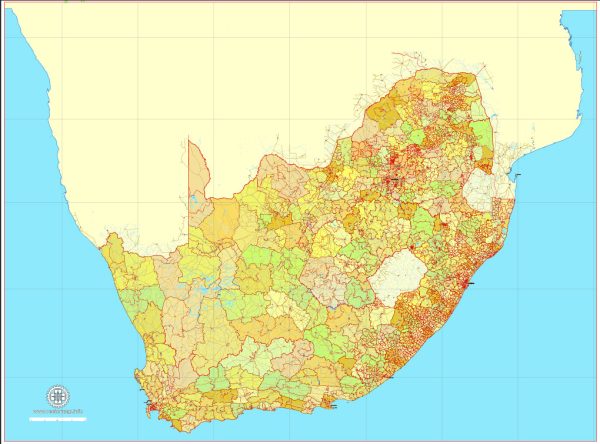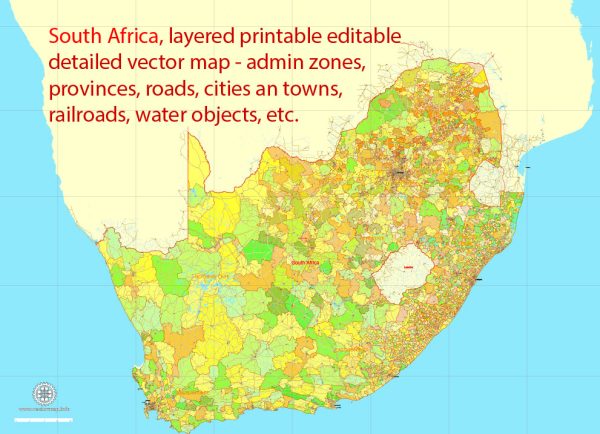The history of urban development in South Africa is complex and shaped by a range of historical, social, economic, and political factors. Here’s a brief overview:
- Pre-Colonial Era: Before European colonization, many indigenous communities in what is now South Africa had their own established settlement patterns. These were often influenced by factors such as access to water, fertile land, and proximity to trade routes.
- Colonial Era: The arrival of the Dutch in the 17th century and later the British in the 19th century significantly altered the landscape of South Africa. The establishment of Cape Town by the Dutch East India Company in 1652 marked the beginning of urban development in the region. Over time, other cities and towns emerged, often driven by the needs of colonial administration, trade, and mining activities.
- Apartheid Era: The mid-20th century saw the implementation of apartheid policies, which institutionalized racial segregation and discrimination. Urban planning during this period reflected the apartheid ideology, with the creation of racially segregated residential areas, commonly known as townships, for the black population. These townships were often located on the outskirts of cities, contributing to spatial inequality.
- Resistance and Activism: Urban areas became hubs of anti-apartheid activism and resistance. Townships like Soweto (South Western Townships) near Johannesburg played a crucial role in the struggle against apartheid. The government’s policies led to informal settlements, inadequate infrastructure, and poor living conditions in many urban areas for the majority black population.
- Post-Apartheid Era: The end of apartheid in the early 1990s marked a significant turning point. The new democratic government sought to address historical injustices, including those related to urban development. Efforts were made to create more inclusive cities, improve infrastructure, and redress spatial inequalities. However, challenges such as rapid urbanization, informal settlements, and economic disparities persisted.
- Economic Growth and Challenges: South Africa has experienced economic growth, urbanization, and the expansion of cities in the post-apartheid era. Cities like Johannesburg, Cape Town, and Durban have become important economic and cultural centers. However, the benefits of urban development have not always been equitably distributed, and issues like unemployment, poverty, and inadequate housing continue to be challenges.
- Contemporary Urban Issues: Today, South Africa faces a range of urban challenges, including informal settlements, transportation issues, and the need for sustainable urban development. Efforts are ongoing to address these challenges through policies that promote inclusive and sustainable urbanization.
South Africa’s urban development history reflects a complex interplay of historical legacies, social dynamics, and ongoing efforts to build a more equitable and sustainable future.




 Author: Kirill Shrayber, Ph.D.
Author: Kirill Shrayber, Ph.D.